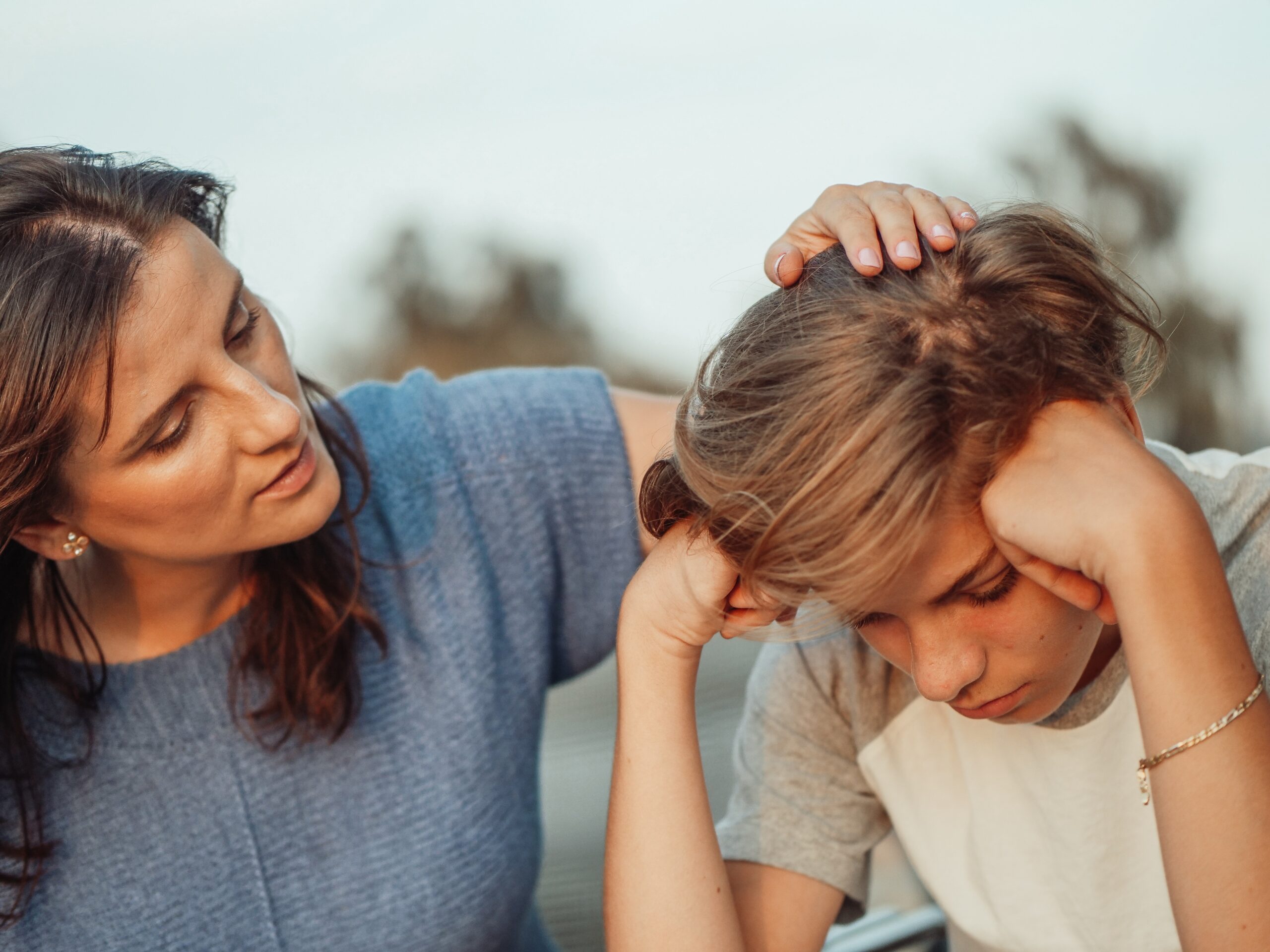Protect Your Child’s Mental Health: Recognize When They Need Help
 April 24, 2023 | Ruth Freeman
April 24, 2023 | Ruth Freeman
The world we live in is increasingly complex and can be difficult to navigate for anyone, especially for children. Not only are we all still processing and working our way through the pandemic, but there are violent and hurtful acts reported daily on the news and in our communities. Mental illness is at an all time high in today’s youth. Let’s all plan to talk about our concerns openly and honestly.
You may be unsure about which behaviors are cause for concern. How do you know if you need to seek help? Below are some factors to keep in mind.
- Mental health can always be addressed. Talking with a professional about your child’s mental health does not mean that there is anything wrong. Don’t wait until there is an emergency that needs attention. Regular mental health check-ins, both casually with you or with a professional are helpful to catch underlying issues before they may become harmful to your child’s wellbeing.
- Apply daily family practices that protect children’s mental health. Your day to day relationship with your child has a powerful effect on your child’s mental health. Playfulness calms the brain (yours and theirs) and opens children up to learning, conflict triggers stress which can be harmful to your child’s brain and body, and looking into your child’s eyes lowers stress chemicals and increases feel good neurotransmitters. Routines are calming and criticism is associated with depression in children. Learn the basics, avoid harmful approaches and put your limited energy into the parenting behaviors that really help.
- Understand the reality. The unfortunate and staggering reality is that depression, anxiety, and suicidality are on the rise in today’s youth. Mental illness is best addressed by a mental health professional to assess symptoms and, if needed, suggest a treatment plan. Stay vigilant and on the lookout for symptoms or signs of distress just as you would for any signs of physical illness in your child. Recognition is the first step toward recovery.
- Learn about identifying signs and symptoms. Be prepared by learning about “yellow flags” and “red flags” that may indicate cause for concern in your children. Some common signs and symptoms to look out for include sadness that persists for several weeks, withdrawing from social situations and activities, marked personality or behavior changes, and altered sleep or eating patterns. “Red flags” that indicate the need for immediate attention include talking about or harming oneself or others, or appearing to not be grounded in reality. Parents often conclude that a child saying things like, “I want to kill myself,” or “Everyone would be better off if I wasn’t here,” are bids for attention. Even if this is the case, the child is telling us they have an unmet need and we must listen. Most importantly, suicide is the second leading cause of death for among youth aged 15-24 years old. Always take a child seriously when you see these signs.
- Plan your first step. If you have any concerns about your child’s mental health, or if you simply have questions about how to raise your awareness of signs and symptoms, don’t hesitate to contact your pediatrician or school support personnel. They may then refer you to a mental health specialist in your area.
While all of this can be overwhelming, remember that you don’t have to go it alone.
Looking for More Support?
Questions? Email us at solutions@peaceathomeparenting.com
And now for the shameless plug…
Don’t have a Peace at Home Parenting Portal? Let’s fix that. Ask your company, school, or favorite neighborhood group to join us. We’ve got Corporate, K-12 School, and Family Service programs that bring calm to the chaos—no yoga mat required. Click here to join as an individual or family.
